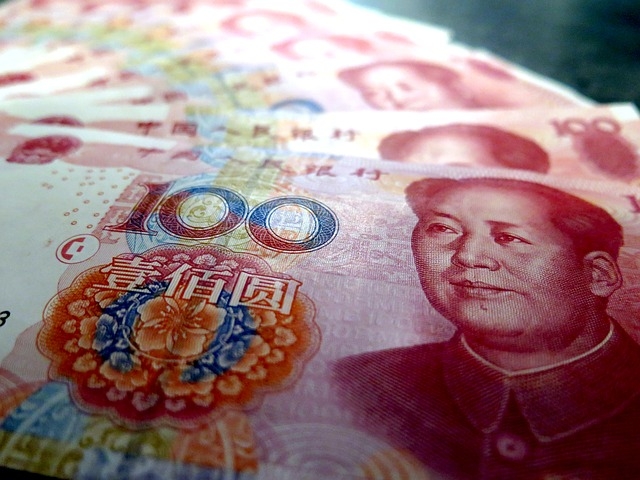The PBoC has launched a new trade-weighted exchange rate for the CNY, called the CFETS RMB Index, with different composition and weights than the BIS currency basket. This move is likely to demonstrate that the CNY will continue de-pegging from the USD and follow a basket of currencies.
Late Friday the People's Bank of China (PBoC) launched a new currency index, referred to as the CFETS RMB Index. The CFETS RMB Index is basically a trade-weighted exchange rate of the CNY, measured against a basket of 13 currencies, all traded directly on China Foreign Exchange Trade System (CFETS), which is the interbank trading and foreign exchange division of the PBoC.
The currency weights in the basket are calculated by international trade weight with adjustments of re-export trade factors. Compared to the trade-weighted exchange rate, which the Bank for International Settlements (BIS) has calculated, also referred to as the BIS RMB Index, there are fewer currencies in the CFETS basket and the major currencies like the USD, the EUR and the JPY have received much larger weights.
"We see this new trade-weighted exchange rate index as a further and firmer de-peg of the CNY from the USD. Already since July 2005, the CNY was officially de-pegged from the USD, but in practice, it still followed the general USD movements very closely", says Nordea Bank.
The close correlation to the USD has given some disadvantages in the past two years, when the CNY has strengthened vs most other currencies, perhaps as much as 10%. Given the continued weak Chinese economy, the stagnating global trade and how much the trade-weighted CNY has appreciated in the past 10 years (more than 35%), there are really no arguments supporting a continued stronger CNY on the trade-weighted terms. Finally, letting the CNY being driven more by the trade-weighted basket rather than the USD could signal more liberalisation and matureness of the currency.
"The new CFETS RMB Index does not change our view of more gradual CNY weakening on the cards. We continued to forecast USD/CNY at 6.60 at the year-end 2016",added Nordea Bank.



 Best Gold Stocks to Buy Now: AABB, GOLD, GDX
Best Gold Stocks to Buy Now: AABB, GOLD, GDX 
































